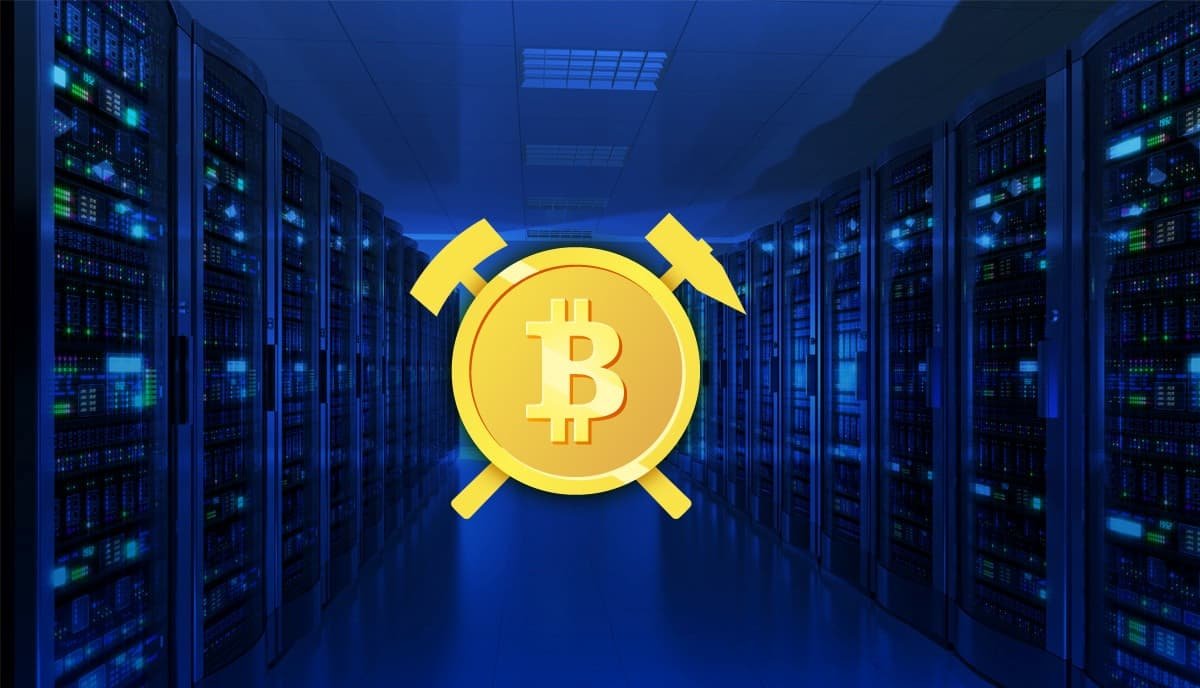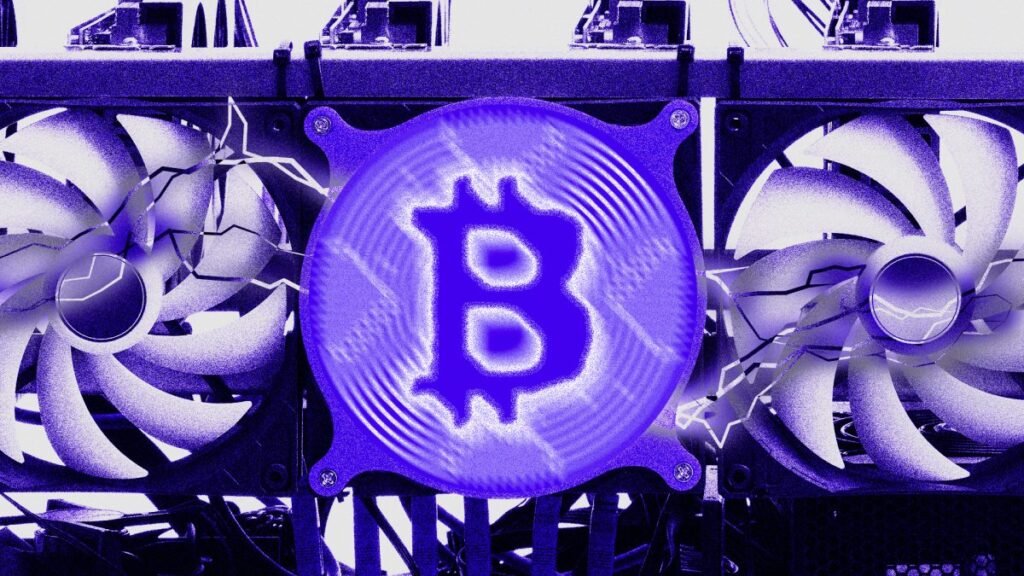Bitcoin mining has evolved into a competitive and technically demanding industry. If you’re reading this, you want to understand how to mine Bitcoin successfully, balancing profitability, energy efficiency, and environmental responsibility. In the first 160 words, let’s break it down: Bitcoin mining is the process of validating transactions on the network by solving complex cryptographic puzzles. Miners compete to add new blocks, earning BTC rewards. But with rising difficulty and equipment costs, staying ahead requires knowledge and strategy. In this article, we’ll guide you through the essentials: hardware options, software choices, cost analysis, sustainability best practices, and real‑world tips for 2025. Whether you’re a beginner or have dabbled before, this deep dive into Bitcoin mining will help you mine smarter and make informed decisions.
🔍 What Is Bitcoin Mining?
Bitcoin mining is the backbone of the Bitcoin network. This process:
-
Validates transactions
-
Secures the network
-
Creates new coins (the block reward)
How Bitcoin Mining Works (H3)
-
Proof-of-Work (PoW): Miners use computing power to solve cryptographic puzzles.
-
Block reward: Successful miners earn new BTC plus transaction fees.
-
Bitcoin mining 2025Difficulty adjustment: The network recalibrates mining difficulty roughly every two weeks to maintain ~10-minute block times.Bitcoin mining 2025
Bitcoin Mining Hardware — Choosing the Right Gear
Selecting the right mining hardware directly affects your profitability:

ASIC Miners vs. GPU Mining
-
ASIC miners: Specialized for SHA-256 hashing. High efficiency, high upfront cost (e.g., Antminer S19 XP).Bitcoin mining 2025
-
GPU arrays: Flexible rigs that can mine various coins. Higher energy consumption per hash.Bitcoin mining 2025
Evaluating Performance and Cost
Look at metrics like hash rate (TH/s) and energy consumption (W). A miner with 140 TH/s and 3,000 W might yield ~0.001 BTC/day (based on current conditions). Factor in electricity rates when calculating ROI.Bitcoin mining 2025
Bitcoin Mining Software & Setup
To connect your hardware to the Bitcoin network, you need reliable mining software. Bitcoin mining 2025
Popular Mining Software
-
CGMiner & BFGMiner: Command-line tools often used with ASICs.
-
NiceHash Miner: Beginner-friendly interface and access to multiple coins.
-
MinerGate: Good for testing small-scale mining, but the fees are higher.
Pool vs. Solo Mining
-
Mining pools: Share rewards across participants—more stable, predictable income.
-
Solo mining: Rare but possible; can yield full block reward, though highly competitive.Bitcoin mining 2025
Managing Costs & Estimating Profit
Profit = (BTC mined × BTC price) – (electricity cost + hardware depreciation + pool fees)
Electricity Costs
Mining consumes large amounts of power. Use local rates (¢/kWh) to estimate daily costs. For example:3,000 W × 24 hrs × $0.10/kWh = $7.20/day
Break-Even Analysis
Calculate equipment cost vs. daily net profit. A $10,000 rig making $7/day takes ~3.9 years to break even. You’ll also want to account for rising difficulty and halving events.
Eco-Friendly & Sustainable Mining
Can Bitcoin mining be green? Yes.
Renewable Energy Integration
Miners are using solar, hydro, or wind power to offset their carbon footprints. Pair mining rigs with battery storage and time mining during off-peak hours.
Heat Recycling
Use excess heat from mining to warm greenhouses or homes. This boosts overall energy efficiency and can improve ROI.
Security Tips for Bitcoin Mining
Protect your setup and earnings.
Firmware & Network Security
-
Update miner firmware to patch vulnerabilities.
-
Use strong passwords.
-
Keep mining rigs on a separate VLAN.
-
Monitor for high temps; prevent overheating or fires.
Outbound Link Suggestion
For real-time mining profitability calculations, check out a trusted mining calculator tool like WhatToMine. (Example outbound link.)
Internal Link Anchor Idea
Consider linking to your site’s article on “Cryptocurrency Tax Strategies” for readers wanting to optimize post-mining profits.
Frequently Asked Questions (FAQs)
1. What’s the minimum hardware needed for Bitcoin mining?
At minimum, an ASIC miner (e.g., Antminer S9) is required. GPU-only rigs can’t compete with modern difficulty.
2. Is Bitcoin mining still profitable in 2025?
Yes, under the right conditions: low electricity prices, efficient hardware, and access to renewable energy.
3. How many BTC can I mine per month?
This varies widely. A 100 TH/s rig might earn ~0.03 BTC/month, depending on difficulty and BTC price.
4. Can I mine Bitcoin with solar power?
Absolutely. Solar paired with battery storage can power mining rigs, though initial setup costs are substantial.
5. Do I need an expert electrician to set up a mining rig?
For multiple rigs or high-power setups, hiring a licensed electrician is strongly recommended to ensure safety and compliance.
ALT Text & Image File Name
-
ALT text: “Bitcoin mining rig with ASIC miners in data center”
-
File name: bitcoin-mining-rig-asic.jpg
Related Keywords Worth Targeting
-
“Bitcoin mining profitability 2025”
-
“ASIC miner comparison”
-
“How to start Bitcoin mining”
-
“Bitcoin mining pool fees”
-
“Eco‑friendly Bitcoin mining”
Conclusion
Bitcoin mining remains a powerful way to participate in the crypto economy—if done right. Balancing hardware investment, energy efficiency, and security is key. Ready to leap? Start your Bitcoin mining journey today by researching ASIC options, comparing electricity rates, and choosing a mining pool. Begin your Bitcoin mining adventure now!

















